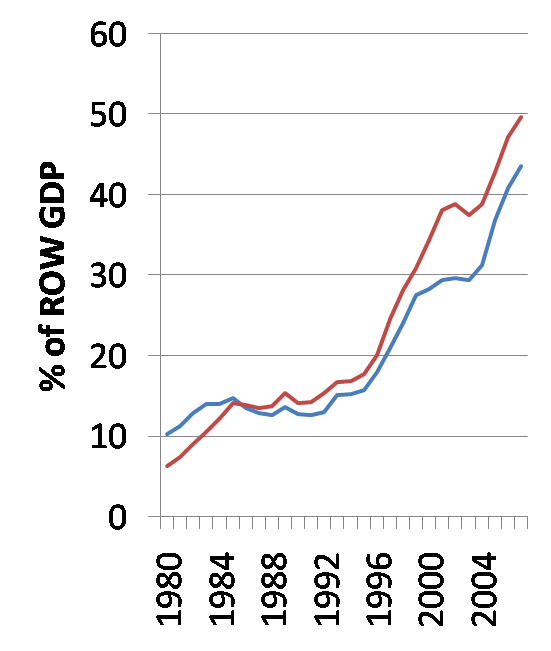On Comment is Free, economist Kenneth Arrow writes that The financial turmoil is a challenge to economic theory
The current financial crisis, the loss of asset values, the refusal to extend normally-given credit and the great increase in defaults on obligations ranging from individual mortgages to the debts of great investment banks presents, of course, a pressing challenge to the fiscal authorities and central banks to take measures to minimise the consequences. But they also present a challenge to standard economic theory, a challenge all the more important since the development of policies to prevent future financial crises will depend on a deeper understanding of the processes at work.
That economic decisions are made without certain knowledge of the consequences is pretty self-evident. But, although many economists were aware of this elementary fact, there was no systematic analysis of economic uncertainty until about 1950. There have been two developments in the economic theory of uncertainty in the last 60 years, which have had opposite implications for the radical changes in the financial system. One has made explicit and understandable a long tradition that spreading risks among many bearers improves the functioning of the economy. The second is that there are large differences of information among market participants and that these differences are not well handled by market forces. The first point of view tends to argue for the expansion of markets, the second for recognising that they may fail to exist and, if they do come into being, may fail to work for the benefit of the general economic situation.
…
There is obviously much more to the full understanding of the current financial crisis, but the root is this conflict between the genuine social value of increased variety and spread of risk-bearing securities and the limits imposed by the growing difficulty of understanding the underlying risks imposed by growing complexity.


